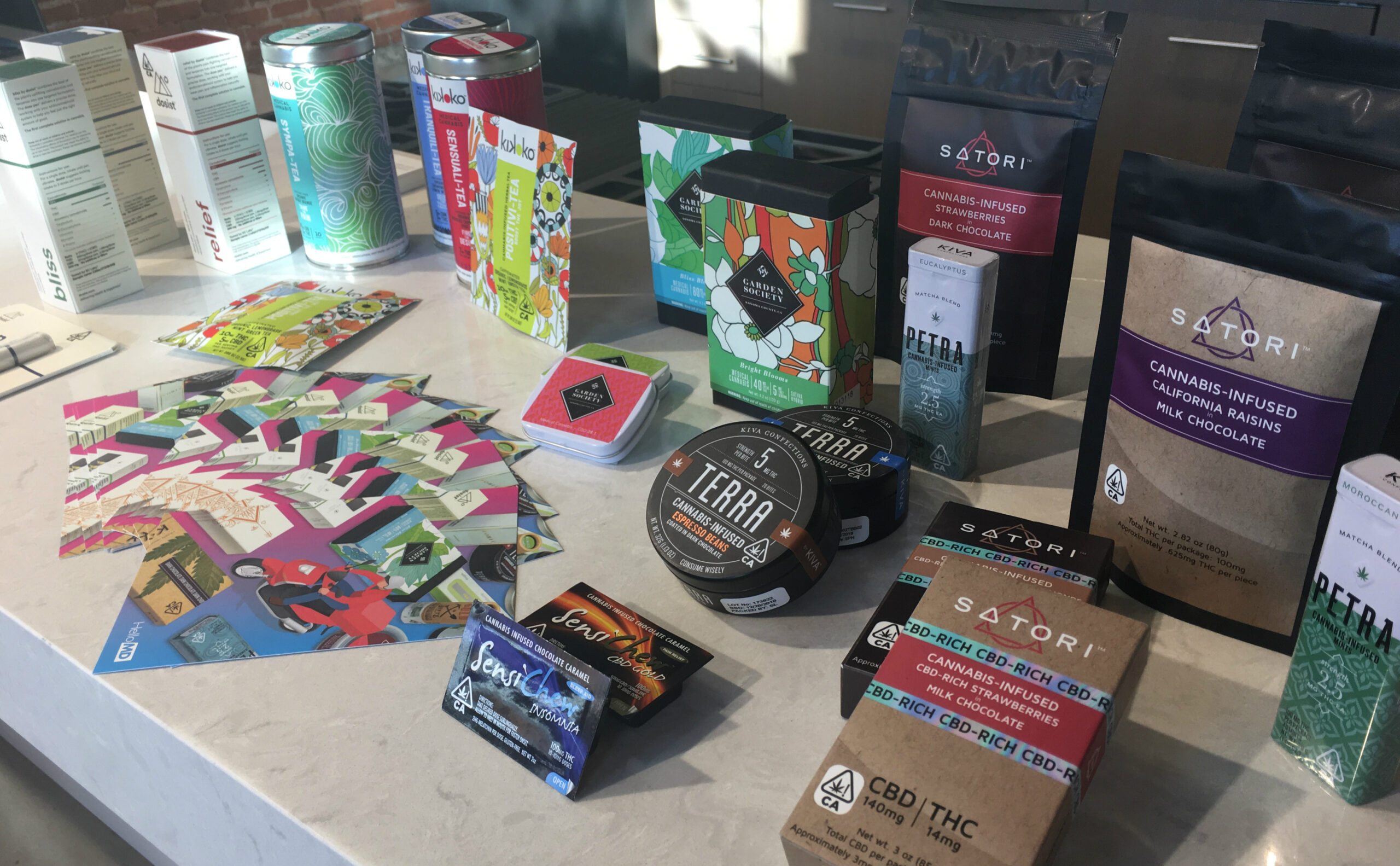Starting a company in the cannabis industry in California has given me a bird’s-eye view into emerging trends. Some trends come on quickly and have staying power, while others blow up, then seemingly evaporate overnight.
Every few months, I report on what I see, the latest trends that emerge and come to the fore, whether they be statewide, nationwide or global. Here’s what I’ve been seeing and thinking about lately.
FOLLOW US ON FACEBOOK & INSTAGRAM
1. Restricted Access to Cannabis Despite Adult-Use Legalization
This may sound like an oxymoron. With legalization, aren’t we gaining easy access to cannabis? It depends. In California, we had a functional legal medical marijuana system for 20 years, where gaining access to medication was fairly easy. You have a doctor’s consultation, you get a medical recommendation, and typically you could have cannabis delivered to your door within hours. If you lived in a rural area, there was even a possibility of shopping online and receiving statewide delivery.
Now, post legalization, we’re living in an era of over-regulation. Retail and delivery licenses are expensive and often hard to come by. Many municipalities have banned cannabis altogether, creating large dry counties and corridors throughout the state.
Over-reaching regulations have burdened manufacturers to the point where many have decided they can’t afford to do business, or it’s too difficult to understand or keep up with newly emerging regulations. For instance, prior to legalization, there were 1,500 different cannabis brands to select product from; today there are around 150.
In other states, what I call fear-of-cannabis by state regulators creates unnecessary barriers for patients. In some instances, there’s a requirement to not only get a medical recommendation but to register with the state as well. For a substance that’s still federally illegal, this is too much to ask. In other states, the condition list is so restricted that you must be critically ill in order to access medical marijuana.
Cannabis has been shown to be a better alternative to opioids for chronic pain; it’s a natural alternative to many other pharmaceuticals that have horrible side effects. New statistics on legal states have shown there has been very little downside in the legalization of cannabis, and the best part, no one dies from consuming cannabis.
Yet fear of the plant and over-regulation have restricted legal access and in most cases lead to a thriving black market where no one, other than the dealer, wins.
2. This Is No Longer a One-Size-Fits-All Cannabis Culture

A few years ago, if you went into a dispensary and asked for a microdosed cannabis product with small amounts of tetrahydrocannabinol (THC) per dose, you might be laughed out the door. Invariably, the response was, “That’s not what people want. They just want to get high.”
By and large, dispensaries created menus based around the “people just want to get high” mantra and didn’t pay much attention to anything other than sales numbers. Often, you’d see a wide selection of flower with 17–23% THC and edibles such as the saran-wrapped brownie prominently displayed.
Today, there’s a diversity of product types, professionally branded products and a new kind of consumer walking through the door. They’re often college educated, middle aged or older, and they’re interested not only in health and wellness, but in modulating the high. These folks want to go “low and slow”; they want to try a variety of products, including those high in cannabidiol (CBD).
As a result, retailers who want to survive and thrive have to respond to their customers’ needs and requests. This is standard in any other industry, but a relatively new concept in cannabis. The one-size-fits-all model no longer applies.
3. CBD Goes Mainstream
Cannabidiol, or CBD, has been on a steady growth pattern for a while, but in the last year, it appears to have spiked. CBD is well known for being non-psychoactive as well as possessing many medicinal properties, including easing inflammation, pain, nausea and vomiting, seizures and muscle convulsion or spasms.
CBD has also been found to promote healthy bone growth and can help reduce vascular tension and artery blockage. And it’s helpful in reducing anxiety. It also happens to be an excellent antidote to the high associated with its chemical cannabinoid cousin THC.
Now that the word’s out on CBD, almost any marijuana dispensary or delivery service has a selection of CBD-rich or CBD-dominant products. This wasn’t the case even two years ago. Today, you’ll see CBD products, which include edibles, pre-rolls, flower, topical salves and more.
In legal states, some people erroneously believe that CBD is better or more effective than THC is from a medical standpoint, and many lawmakers advocate for CBD-only to be legalized. In fact, both CBD and THC have many medicinal properties, some of which may be the same and others that may vary from one another.
The perception of CBD’s medicinal value and the desire to obtain these effects has also led to an explosion of the hemp-derived CBD marketplace that’s now a nationwide, if not global phenomenon. Hemp-derived CBD is derived from the cannabis hemp plant, which is a different variety from the cannabis marijuana plant.
In some people’s minds, CBD derived from the hemp plant, which contains less than 0.03% of THC, is the redheaded stepsister to cannabis marijuana. It’s true that the hemp-derived CBD products lack the variety of other cannabinoids as well as terpenes present in most cannabis marijuana products, but for many people—especially for those who live in states where CBD from marijuana is illegal—the medicinal benefits may still apply.
There’s both an upside and downside to the availability of hemp-derived CBD product. On the one hand, it’s unregulated and therefore easy to gain access it, although still somewhat of a gray area. On the other hand, it’s unregulated and there are potential safety issues over plant sourcing and regulated testing requirements.
In addition, there’s a lot of confusion over the differences between cannabis hemp and cannabis marijuana as well as what to look for and expect. HelloMD has a number of educational articles on hemp and is a resource for those looking to learn more about CBD derived from hemp.
The real upside to hemp-derived CBD being available nationwide is that patients everywhere have the opportunity to see if a CBD product will work for their needs. In other words, this opens up accessibility for patients who may need it the most.
Photo credit: Drew Saurus
If you’re new to cannabis and want to learn more, take a look at our Cannabis 101 post. HelloMD can help you get your medical marijuana recommendation; it’s easy, private and 100% online.






